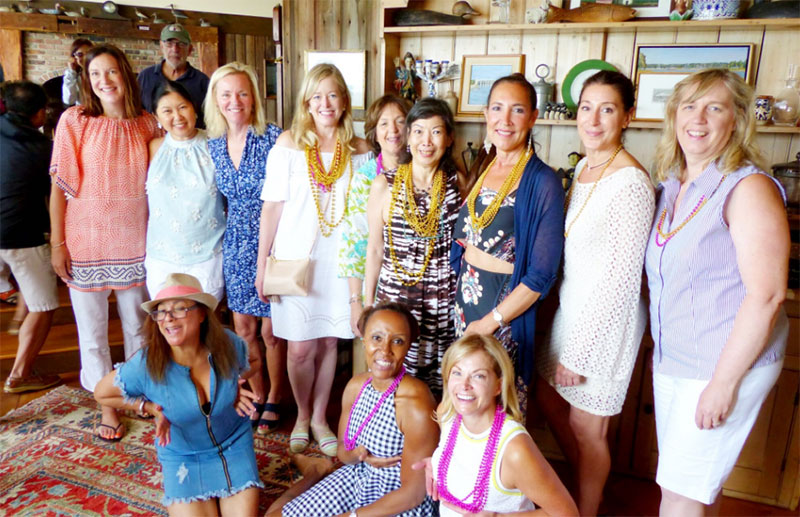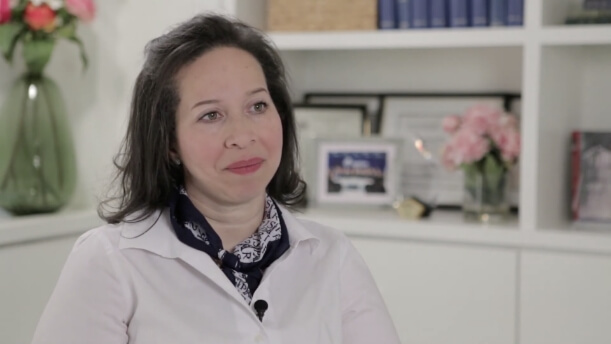
Restoring Sensation to the Breast after Mastectomy
More than 100,000 women have mastectomies in the United States every year. And, with surgical advances that promise a soft, warm breast that will look and feel like her original breast, more and more women now opt for breast reconstruction, either at the time of the mastectomy or later. But many of these women who undergo reconstruction discover that the natural “look and feel” of her restored breast refers to how the breast will look and feel to someone else. Often the breast does not feel at all natural to the woman herself and her reconstructed breast may lack all feeling and be completely numb to touch and sexual arousal.
Our society has always put a premium on how a woman looks. And while our ability to reconstruct a woman’s breast has come a long way, the emphasis has been on restoring her appearance. Restoring sensation wasn’t a priority and women haven’t always been made aware of what to expect. The good news is that we are now pioneering techniques that show great promise in reconnecting nerves and restoring sensation.
During a mastectomy, the nerves that provide feeling to the breast and nipple are severed, causing loss of sensation in the remaining skin whether the woman undergoes reconstruction or not. Over time, some women experience a return of feeling but it is typically minimal. When the reconstruction choice is implants, there is no opportunity to restore sensation because the implant forms a physical barrier that prevents nerves from growing through it to reach the skin. With certain types of autologous reconstruction, however, it is possible to suture together nerves along with a woman’s own tissue to create a new breast. Reconnecting blood vessels and nerves allows them to grow through the transferred tissue to reach the skin and significantly improve the return of sensation.
In general, nerves grow very slowly, with an average rate of 1 millimeter per day. There are also different types of sensation – deep pressure, light touch, pain, and temperature – and they return at different rates. Deep pressure sensation usually returns most quickly and temperature most slowly. Thus, regenerated nerves can take months or even years to reach the skin, and the quality of sensation is variable. Since nerve growth is slow and unpredictable and full return of sensation is not guaranteed, reconnecting the nerves has not always been a priority in reconstructive surgery. We believe that it is important to make every effort and provide every possible opportunity to restore full sensation to the breast, however. Studies have shown that taking the time in surgery to meticulously repair the nerves results in more rapid return of feeling and improved sensation. While results vary, innovative microsurgical techniques that use neural tubes and nerve grafts have provided some patients with near-normal sensation and even erectile function of the nipple.
Restoring sensation is the next frontier in breast reconstruction. What makes a woman feel ‘whole’ again after mastectomy is an individual matter for each woman but we will continue to pursue solutions that enable her to regain not just her health but her sense of self.


